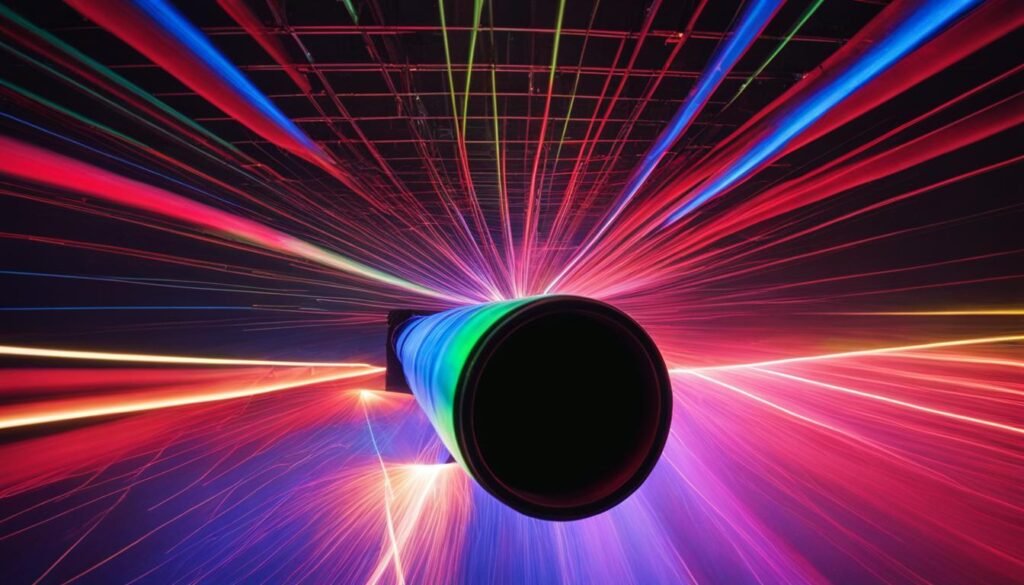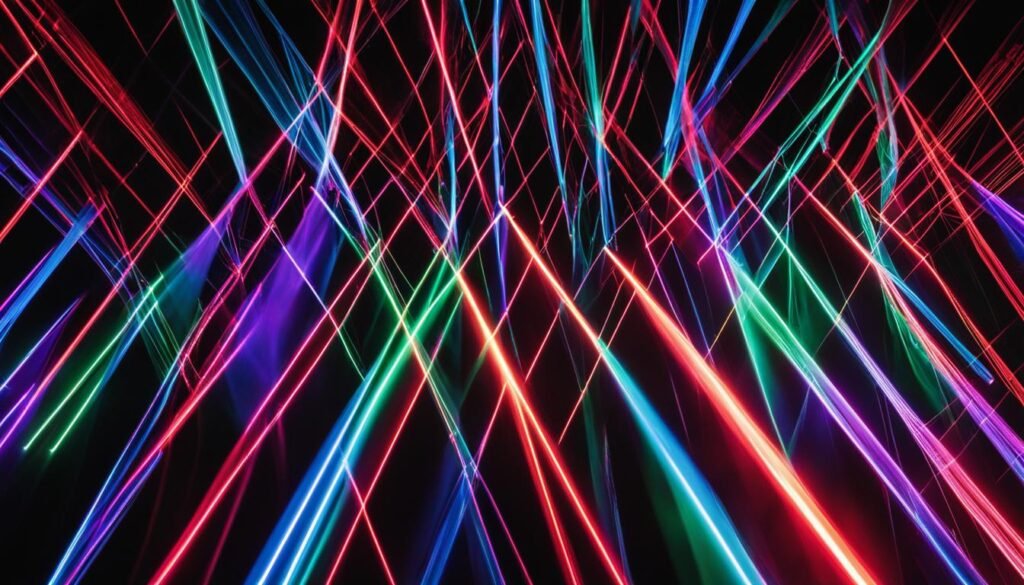Source: Edinburgh Instruments
The Fascinating World of Fluorescence
Fluorescence is a captivating photoluminescent phenomenon that plays a crucial role in various scientific and industrial applications. This blog post delves into the intricacies of fluorescence, exploring its mechanisms, applications, and significance in modern technology.
Understanding Fluorescence
Fluorescence occurs when a substance absorbs light or electromagnetic radiation and subsequently emits light. When light strikes a material, it excites the atoms, ions, or molecules, elevating them to higher energy states. As these excited entities return to their ground states, they release energy in the form of fluorescence photons. This process, characterized by its short-lived nature, is exploited in numerous applications, including fluorescent lamps and optically pumped lasers.
Emission Spectrum and Intensity
The emission spectrum of fluorescent light is distinct from the light that initially excites the medium. This difference is due to the Stokes shift, where part of the excitation energy converts to heat. The emitted light can undergo several transitions before reaching the ground state, resulting in a cascade of emission processes. In solid-state laser gain media, phonons facilitate rapid thermalization, influencing the emission spectrum’s spectral shape.
Fluorescence Decay
After excitation, the decay of fluorescence is often exponential, characterized by a decay constant known as the fluorescence lifetime. This lifetime represents the duration for which the population remains in the upper energy level. In cases of allowed transitions, the fluorescence lifetime is typically a few nanoseconds. However, in solid-state laser gain media, weakly allowed transitions can extend this lifetime to microseconds or even milliseconds.
Competing Non-radiative Processes
Fluorescence can be diminished by non-radiative processes, such as multi-phonon transitions, which compete with fluorescence. These processes can quench fluorescence, reducing its intensity or suppressing it entirely. The quantum efficiency of fluorescence is a measure of the average number of fluorescence photons emitted per ion in the upper level, with some solid-state gain media exhibiting efficiencies close to unity.
Applications of Fluorescence
In Lighting
Fluorescence is widely used in lighting, particularly in fluorescent lamps. These lamps contain mercury vapor that emits ultraviolet light when excited by an electric discharge. The ultraviolet light is absorbed by a phosphor coating inside the lamp, which then emits visible fluorescent light. This process is more energy-efficient than incandescent lighting.
In Solar Concentrators
Fluorescence is also utilized in solar concentrators, where transparent polymer sheets doped with luminescent materials absorb sunlight and convert it into fluorescent light. This light is then directed to the edges of the sheets, where solar cells capture the concentrated radiation, potentially reducing the cost of photovoltaic electricity generation.
In Scientific Measurements
Fluorescence is instrumental in scientific measurements, including fluorescence spectroscopy and microscopy. It enables the characterization of optical devices and plays a crucial role in optical refrigeration and the generation of broadband radiation in optical fibers.
Challenges and Future Prospects
While fluorescence offers numerous advantages, it can also pose challenges, such as interfering with spectroscopic measurements due to unwanted laser-induced fluorescence. Research continues to optimize the efficiency and stability of fluorescent materials, particularly in applications like solar concentrators, where the longevity of luminescent agents is crucial.
In conclusion, fluorescence is a versatile and fascinating phenomenon with a wide array of applications in lighting, solar energy, and scientific research. As technology advances, the potential of fluorescence in various fields continues to expand, promising exciting developments in the future.


Source: PhysicsOpenLab
Feel free to comment your thoughts.


